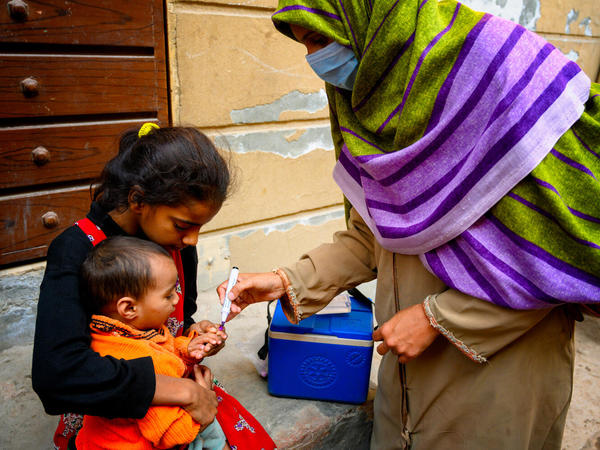Developing audience profiles is about understanding each audience to the point that you can tell the story of one person. They can provide a three-dimensional way to think about your most important audiences by bringing the data to life.
Try asking yourself questions about your priority groups. Based on evidence choose a mother, father, child, influencer and begin to ask yourself questions about their life. Give them a name, age, and profession and include photos to help visualize who they are, where they live, and what their daily life is like.
- What makes them happy? Sad?
- Where do they live?
- How do they make money?
- How do they travel?
- How do they address their health concerns?
- Who makes decisions in their household?
- What do they do for fun?
- What media do they consume?
- What are their core spiritual beliefs?
- What do they eat, drink?
- What sports do they play?
- What do they wear?
- What do they think about vaccination?
- What do they think about their children and is there a difference between boys and girls?
In the Global Communications Strategy, each scenario -- Outbreak, Enduring Outbreak and Maintenance -- has detailed Audience Analysis sections, including harts for caregivers and SEM influencer types. It includes their desired role, potential concerns, engagement focus and sample messages.
Learn More
Explore the other two learning modules in this 3-step tutorial to design evidence-driven communication strategies to help vaccinate every child.
Integrate communications tactics and understand their strengths and weaknesses, then evaluate performance.
You cannot do everything and your ability to prioritize your interventions and target behaviours is paramount. One simple way to do this is to evaluate importance of the behavior and its changeability.



